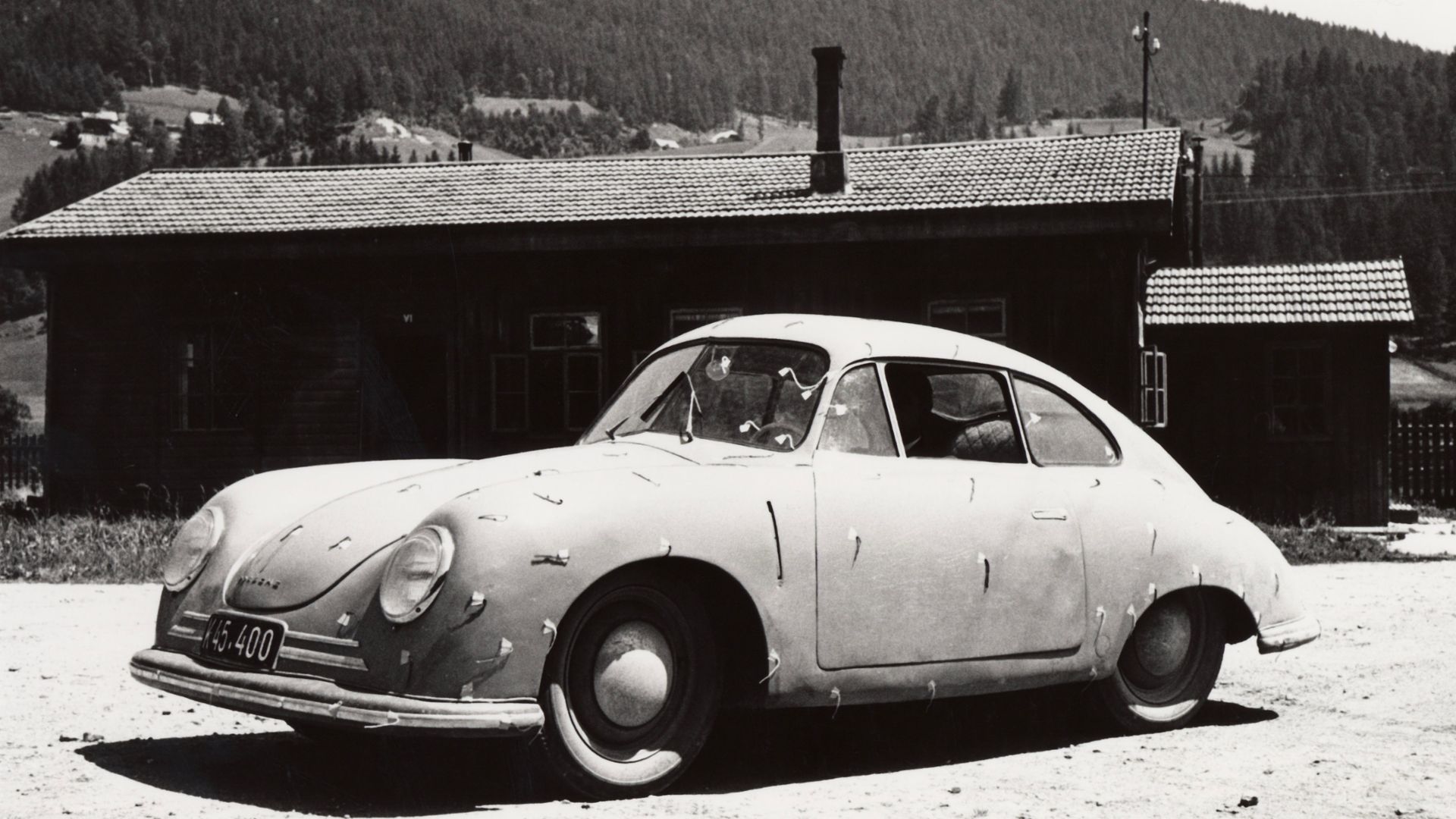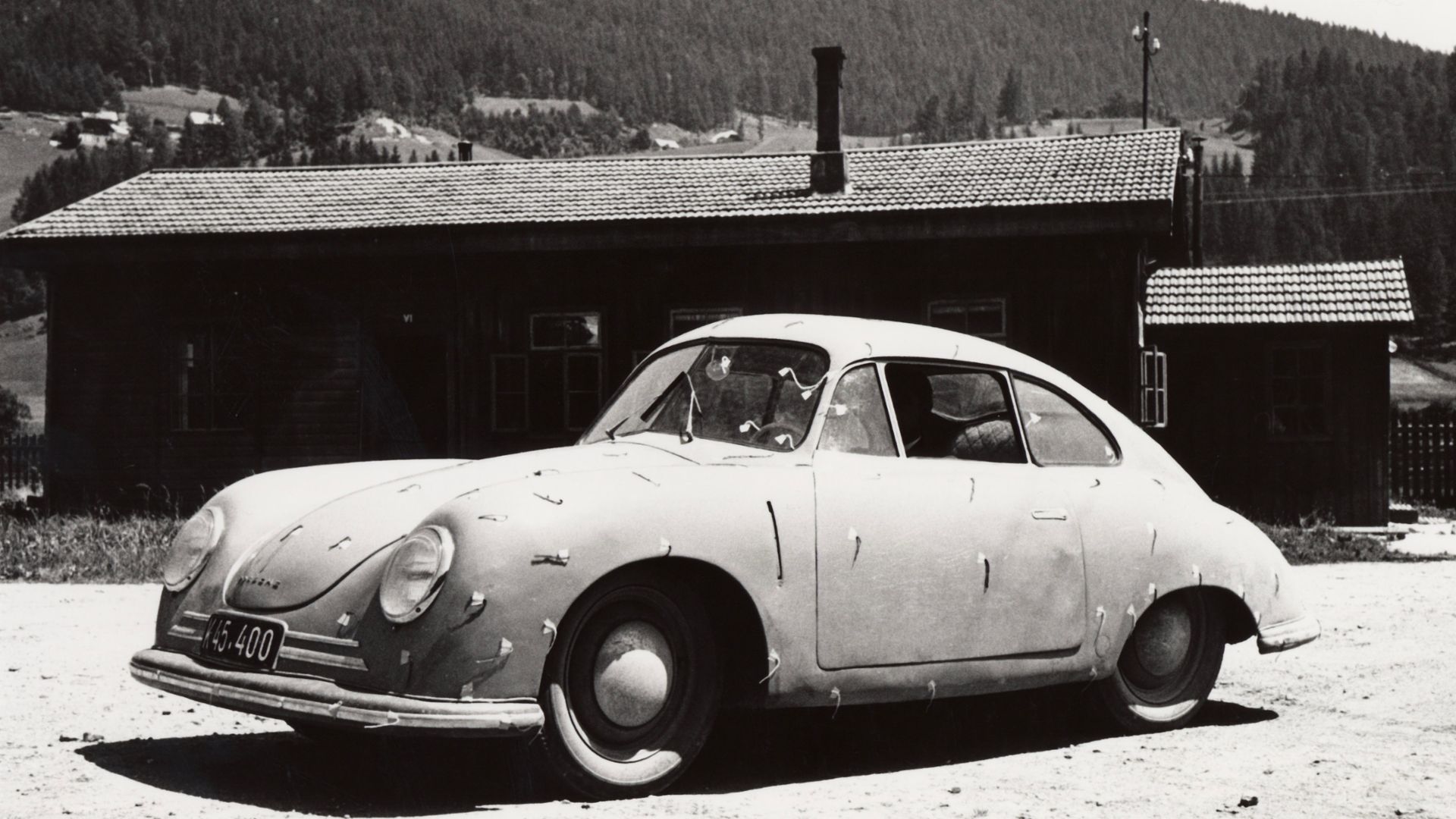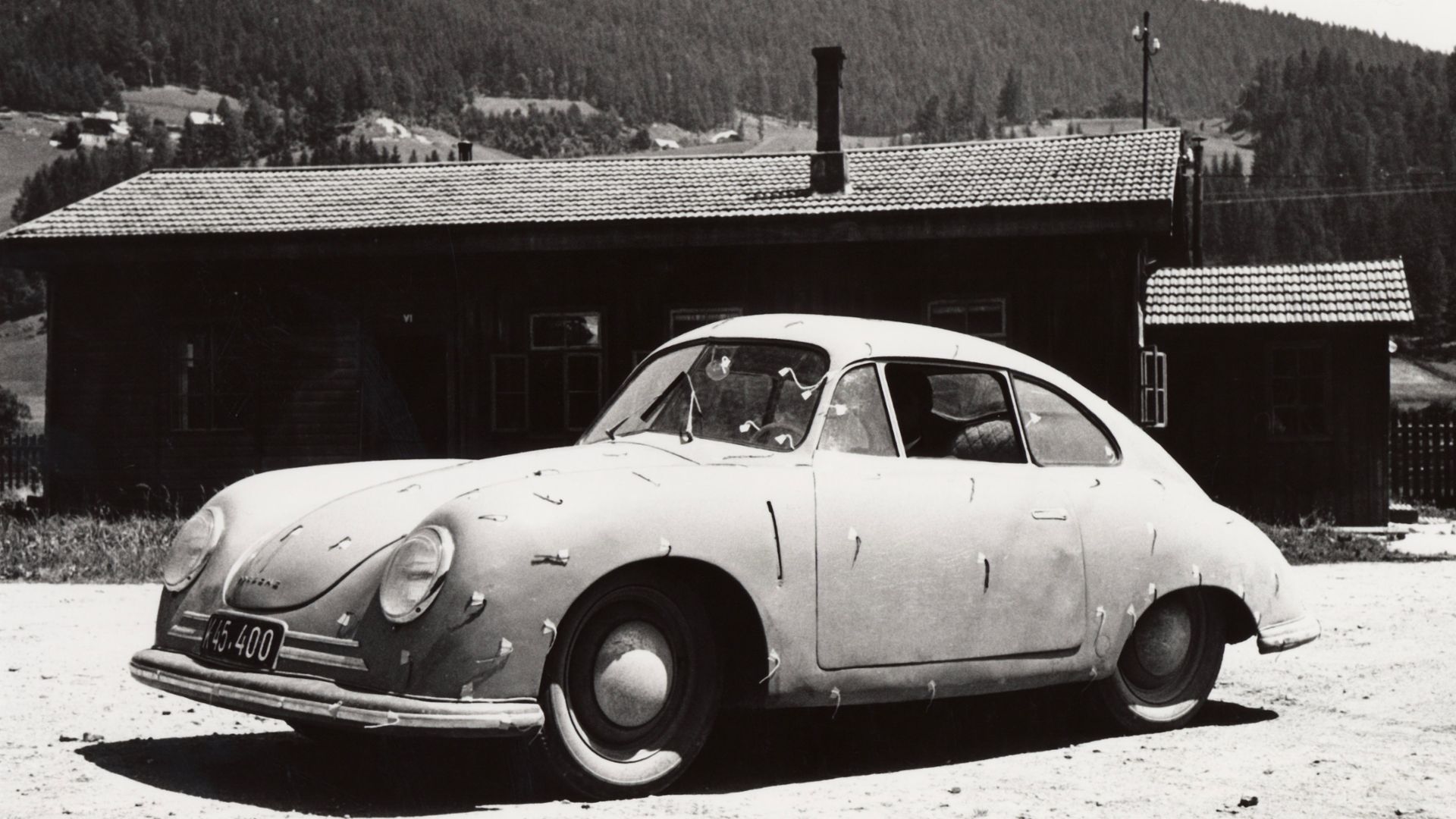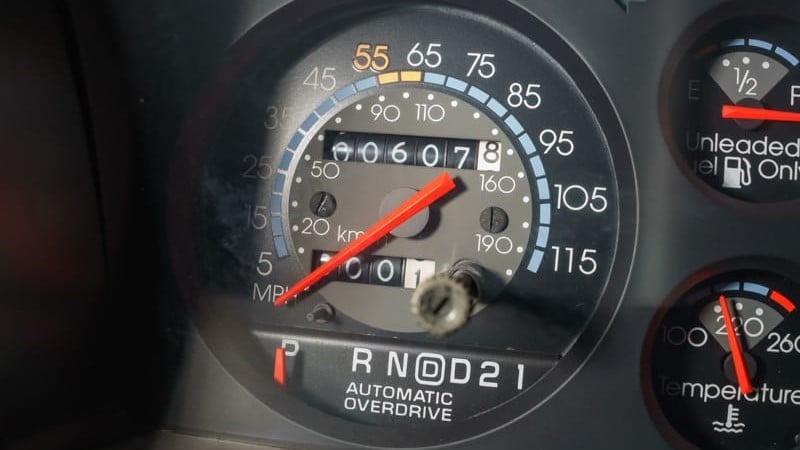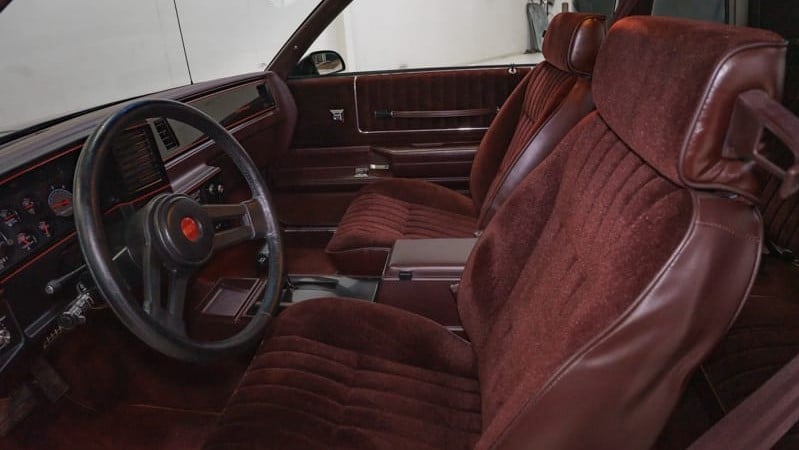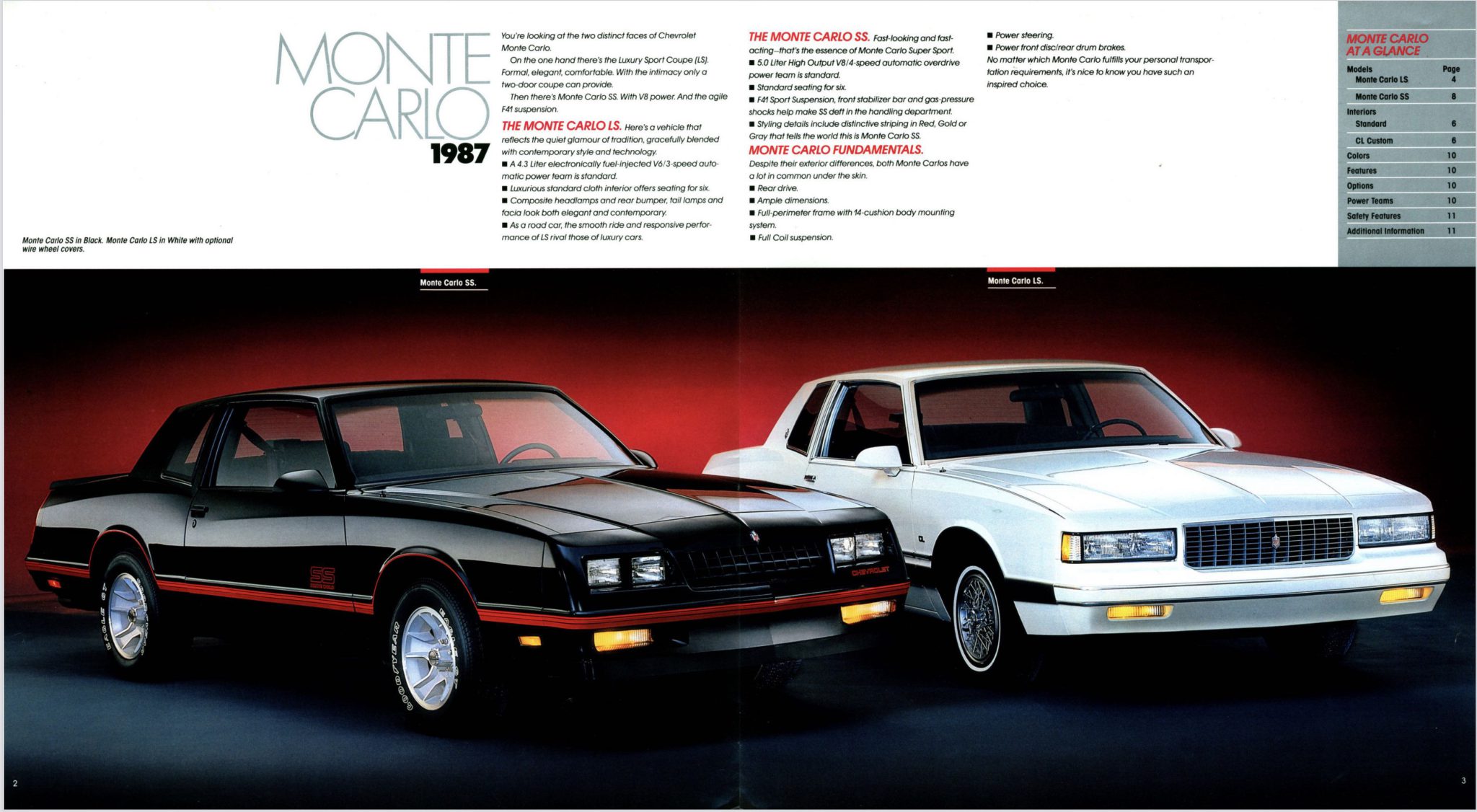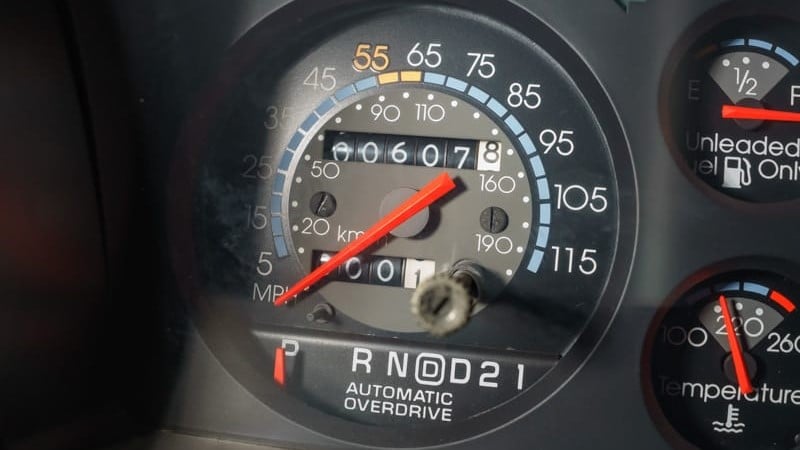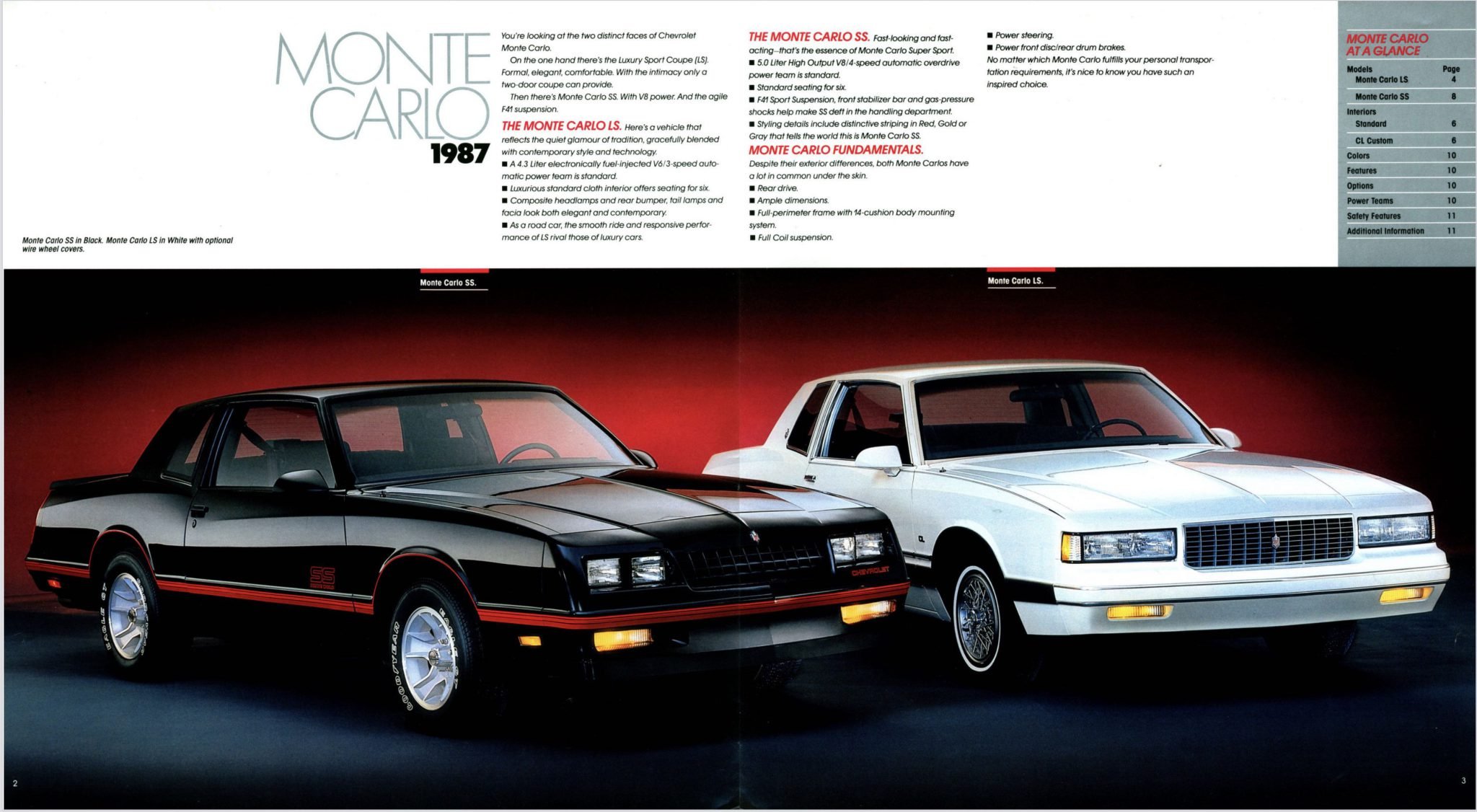The Petersen Museum, known for its impressive showcases that celebrate the automobile, is highlighting Porsche’s 75th anniversary from April 2023-April 2024. The museum’s newest exhibition titled “We Are Porsche” officially opened to the public on April 16th. The display delves deep into the legendary marquee’s history and explores Porsche’s influence on American car culture and the people who made the brand what it is today.
Porsche cars have been exemplary of excellence on wheels since the brand debuted the Type 356 in 1948. Their streamlined, minimalistic shape and rear engine layout has stood out amongst other sports cars for 75 years. The Petersen’s exhibit features 40 Porsches from every era since the 1950s. Viewing the iconic sports cars all in one place, on the museum’s first and second floors, gives guests an accurate vision of Porsche’s progression from boutique sports car manufacturer to powerhouse automaker.
The exhibit features vehicles such as the 1953 550 Spyder raced by Betty Shutes and Ken Miles, the 1958 Carrera GT Speedster raced by Bruce Jennings, the original “Outlaw Porsche,” Steve McQueen’s 1976 911 Turbo, the Herbert Brundage/Brumos 1973 911 2.8 RSR, the 1973 917/30 Can-Am Spyder driven by Mark Donohue, and even Porsche’s first and only Formula 1 racer, Dan Gurney’s 1962 Porsche 804. Hollywood blockbuster movie cars from “Top Gun: Maverick,” “Glass Onion: A Knives Out Mystery” and beginning in October, “Cars,” will also be on display.
Coinciding with the “We Are Porsche” name, the exhibit also tells the stories of people who have influenced the Porsche’s popularity. Spotlight names include Steve McQueen, Patrick Dempsey, Hurley Haywood, Dan Gurney, Ken Miles, Patrick Long, Rod Emory, Daniel Arsham, and “The Spyder Women” Betty Shutes, Ruth Levy and Denise McCluggage.
“As a Porsche lover, I’m particularly excited that the Petersen gets to play such a significant role in celebrating the 75th anniversary of these incredible machines,” said Terry L. Karges, executive director of the Petersen Automotive Museum. “Porsche’s history on and off the track speaks for itself, and we are honored to help them commemorate this milestone.”
“Porsche is as an iconic brand that took off in America, thriving in California’s car culture,” said Kjell Gruner, President and CEO of PCNA. “From there, the love for the brand spread around the world. We are delighted to celebrate our 75th anniversary at the Petersen Automotive Museum – the center of car culture in Los Angeles – with such a unique exhibition.”
Petersen’s “We Are Porsche” exhibit will run through April 2024 to feature a rotation of vehicles during its tenure, along with a variety of events and activations at the museum.

